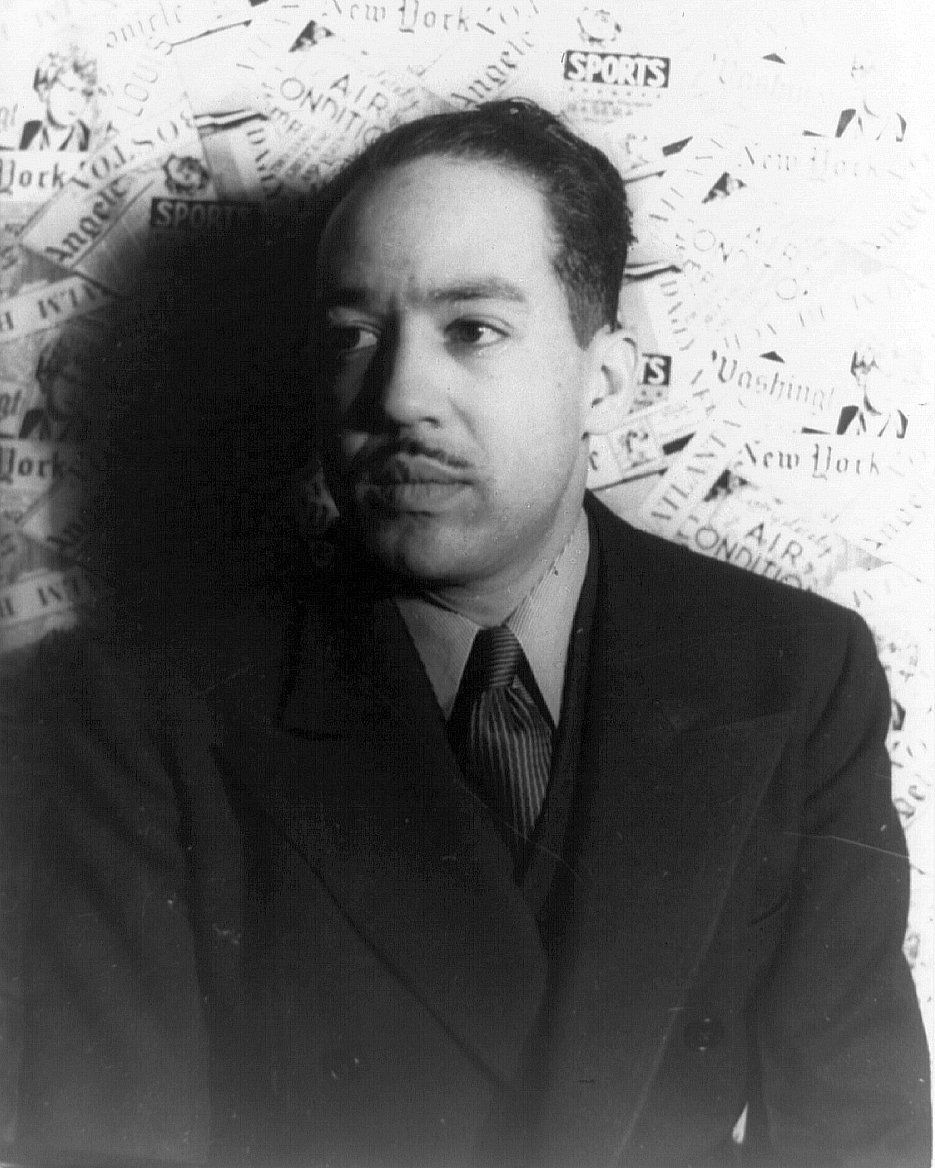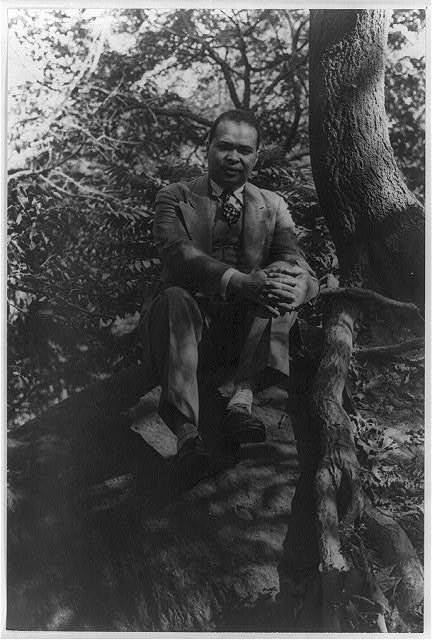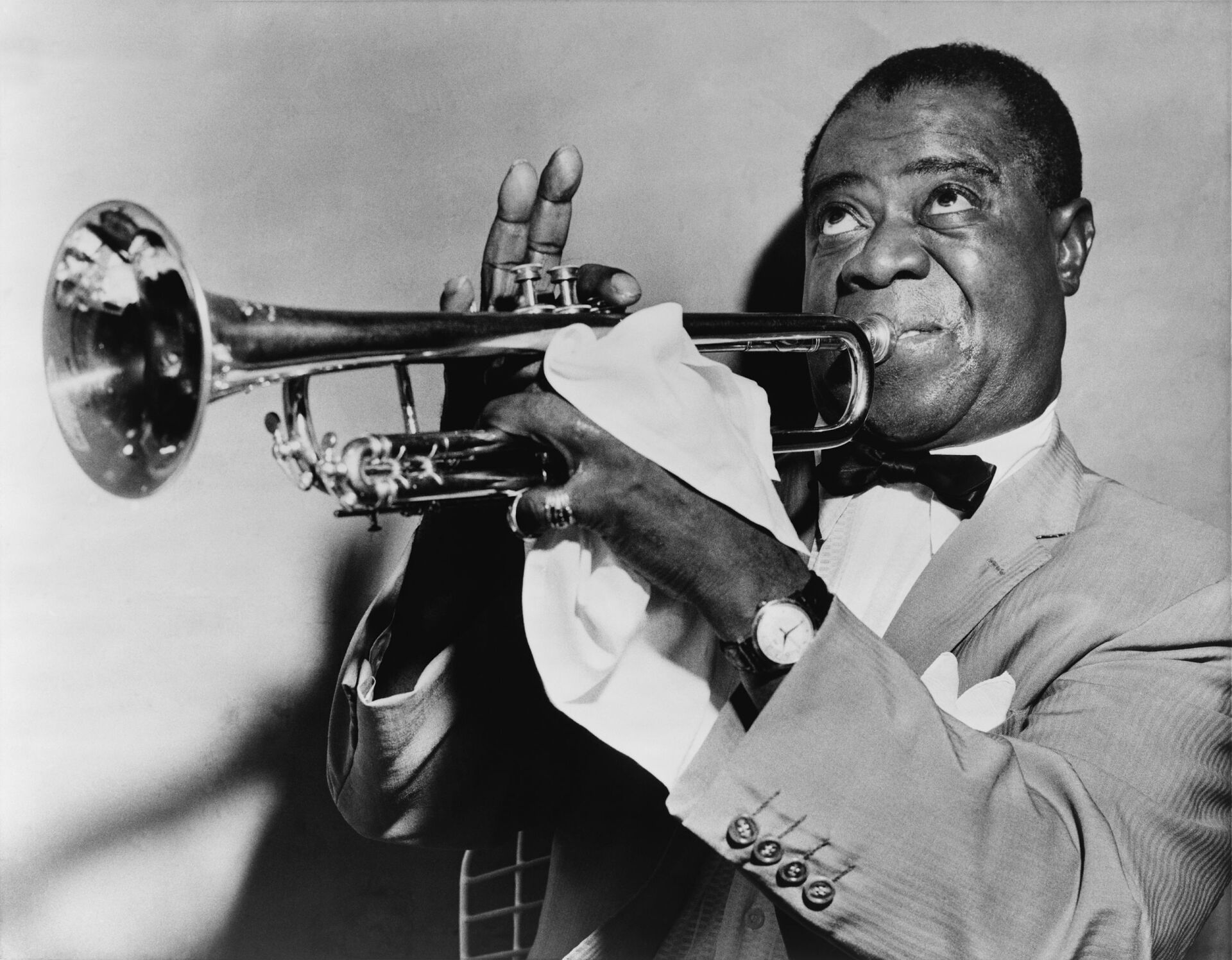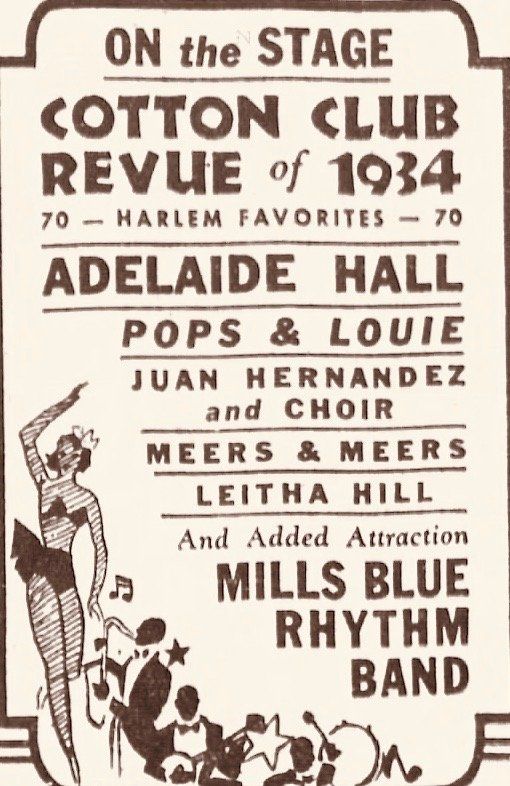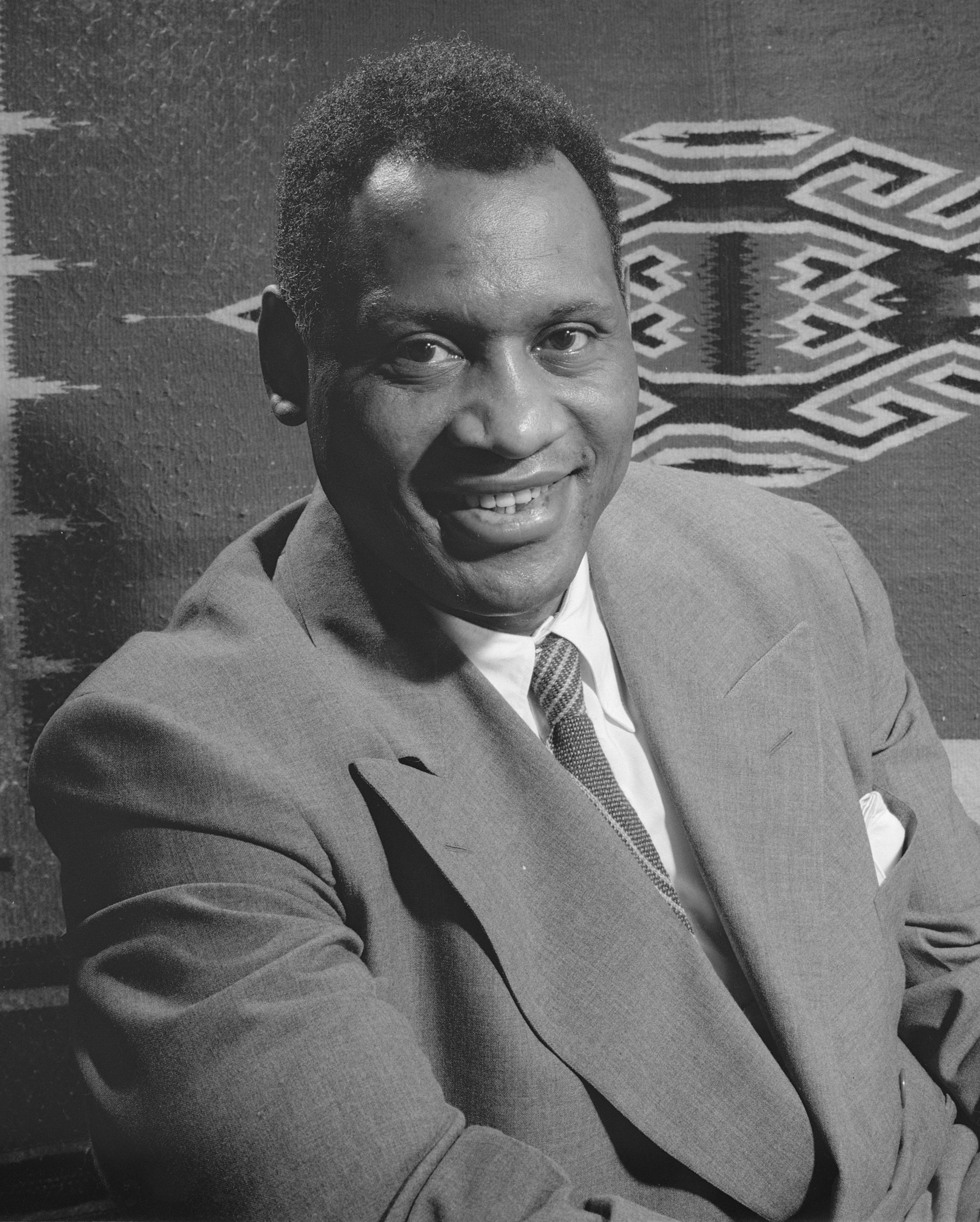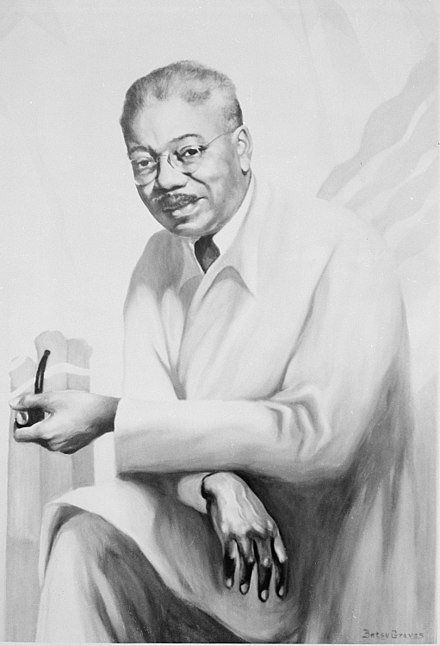The Harlem Renaissance
The Harlem Renaissance was the development of the Harlem neighborhood in New York City as a Black cultural mecca in the early 20th Century and the subsequent social and artistic explosion that resulted. Lasting roughly from the 1910s through the mid-1930s, the period is considered a golden age in African American culture, manifesting in literature, music, stage performance and art.
Harlem Renaissance Ends
The end of Harlem’s creative boom began with the stock market crash of 1929 and The Great Depression. It wavered until Prohibition ended in 1933, which meant white patrons no longer sought out the illegal alcohol in uptown clubs.
By 1935, many pivotal Harlem residents had moved on to seek work. They were replaced by the continuous flow of refugees from the South, many requiring public assistance.
The Harlem Race Riot of 1935 broke out following the arrest of a young shoplifter, resulting in three dead, hundreds injured and millions of dollars in property damage. The riot was a death knell for the Harlem Renaissance.
Impact of the Harlem Renaissance
The Harlem Renaissance was a golden age for African American artists, writers and musicians. It gave these artists pride in and control over how the Black experience was represented in American culture and set the stage for the civil rights movement.
Sources
- Harlem Stomp! A Cultural History of the Harlem Renaissance. Laban Carrick Hill.
- The Harlem Renaissance: Hub of African-American Culture, 1920-1930. Steven Watson.
- The Harlem Renaissance: A Historical Dictionary For The Era. Bruce Kellner, Editor.


